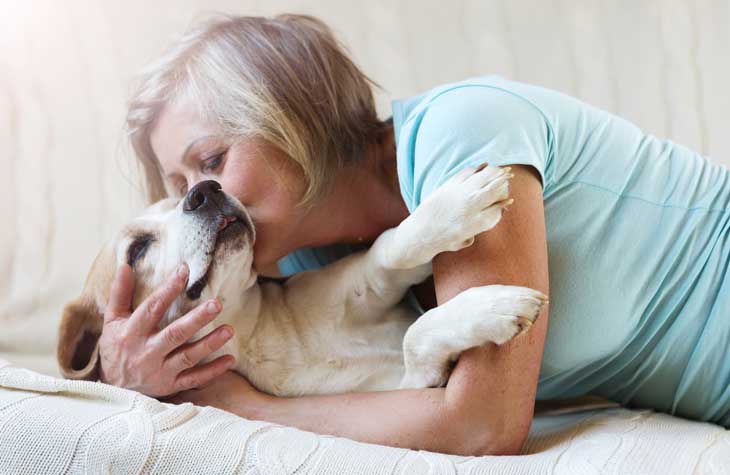Causes, Diagnosis and Treatment of Interstitial Cystitis
Interstitial cystitis (IC) is a painful bladder condition that often encompasses many of the symptoms associated with an actual urinary tract infection but in face of a negative urine culture. IC affects women more than men.

Symptoms of Interstitial Cystitis
Common symptoms of interstitial cystitis include:
- Suprapubic and/or perineal pain
- Urinary urgency and frequency
- Pain when the bladder fills up followed by relief when it empties
- Dyspareunia
The intensity of any of these symptoms can vary from mild to flare-ups that can physically and emotionally impair an individual’s daily routine.
Cause of Interstitial Cystitis
Although the actual cause of IC is unknown, some research studies have suggested the absence of or a very deficient mucosal lining within the bladder may be the cause.
Diagnosing Interstitial Cystitis
Diagnosis of interstitial cystitis includes:
- A detailed history and physical examination
- Urinalysis and urine culture
- A functional voiding study such as a uroflow and postvoid residual study may also be needed
Additional tests for confirming interstitial cystitis include:
- A potassium sensitivity test, which involves the placement of a catheter and the instillation of water through it followed separately with a potassium concentrated solution. If pain is elicited with the instillation of the later solution, then interstitial cystitis is strongly indicated.
- Cystoscopy with hydrodistention of the bladder is probably one of the most common tests for confirming interstitial cystitis. During hydrodistention, the clinician is looking for signs of “glomerulization” or spotting (Hunner’s ulcers) to appear in the bladder mucosal lining.
In addition, a biopsy maybe performed to evaluate for any signs of inflammation as well.
Treatment for Interstitial Cystitis
Treatment for interstitial cystitis varies significantly. One of the most common approaches is to identify any environmental and dietary causes of it.
Other therapies include:
- Nonsteroidal anti-inflammatory medications
- Tricyclic antidepressants
- Anti-histamines
- Pentosan (Elmiron) which is designed to enhance the lining of the bladder
- Anticholinergic medications
- Sacral nerve stimulation (Interstim)
Pain management often plays a role in treating interstitial cystitis. Some patients will need to rely on narcotics to reduce their discomfort and/or have a transcutaneous electrical nerve stimulator (TENS) placed.
On occasion, patients may obtain relief by having medications directly instilled into their bladder on a regular basis. The basic premise of this is to denude the defective bladder lining and encourage the regrowth of a more robust bladder mucosa.
In extremely rare cases, patients who are functionally crippled by the symptoms of interstitial cystitis may chose a drastic step to relieve their pain by either undergoing a complete removal of their bladder along with hysterectomy to remove the source of discomfort and / or undergo a procedure to increase their bladder via an augmentation.
Because interstitial cystitis is so prevalent, many patients find help by joining their local interstitial cystitis (IC) support group for tips and community support for managing their condition.
